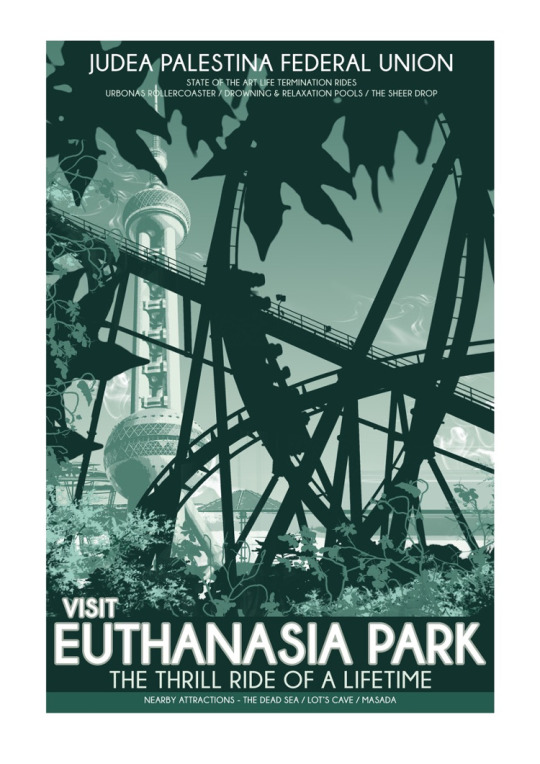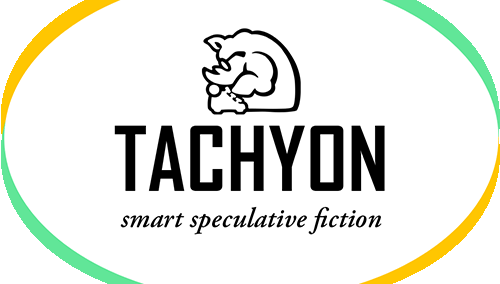With the ambitious CENTRAL STATION, Lavie Tidhar spins the ultimate storytelling silk
The acclaim for Lavie Tidhar’s interesting and intelligent CENTRAL STATION keeps coming.

In his Another Dimension column at the INTERGALACTIC MEDICINE SHOW, Alvaro Zinos-Amaro praises the book.
A small sampling of the many wonders you’ll encounter in these pages: alien symbionts reverse-engineered from ancient microscopic Martian life, religion as addiction and addiction as religion in the form of Crucifixation, the endless chattering Conversation of virtual voices from those who have become digital and those who have transcended even such a state, data vampirism in the form of stringoi, robotic war veterans who have become priests, an entire gamesworld—singularity-mines included—called the Guilds of Ashkelon, the Urbonas Ride, high-density data encoded in the smoke particles of ubiq cigarettes, adaptoplant neighborhoods in which houses sprout like trees, and a collector of ancient pulp magazines, memories of orange groves, paprika, turmeric and sumac, potted mint plants, and one suspended raindrop.
If you’re looking for a strong plot anchored by one or two point-of-view characters, this tapestry novel, threaded together from mostly previously-published short stories, isn’t for you. But if you’re open to a wonderfully inventive set of interconnected tales, brimming with sensory detail and paying tribute to a plethora of science-fiction tropes, there are few works to rivalCentral Station. In one of the many glowing recommendations in the front pages, Maxim Jakubowski cites the works of Philip K. Dick, William Gibson, C. L. Moore, China Miéville and Larry Niven in connection to this book. Add to the list George Alec Effinger, C. J. Cherryh, Frank Herbert, Ian McDonald, Harry Harrison and even Ray Bradbury, as well as pop culture shows like Babylon 5.
Central Station is both a “liminal place” and a hub from which radiate the novel’s thirteen narrative spokes. And while there is a bracketing story of keeping vigil and facing death, it is really the novel’s themes—like bridging the real with the unreal, the past with the future—that provide cohesion.
Oh, and those spiders.
I count references to spiders in at least nine of the thirteen chapters. Exoskeleton crews climb the spaceport walls like metallic spiders; suborbital craft glide down to the station’s roof like parachuting spiders; shadows of moving spiders flicker on the surface of the moon, and so on. Of course, it’s Lavie Tidhar himself who spins the ultimate storytelling silk.
In SHORELINE OF
INFINITY 3, Elsa Bouet reviews CENTRAL STATION.
“Life wasn’t like that neat
classifcation system,” is perhaps
the sentence that encapsulates
this whole novel. Lavie Tidhar’s
Central Station creates a world in
which lines are blurred, boundaries
crossed, and new identities
are created and evolve rapidly.
Refectively, the story blends
different genres; from ‘everyday
life’, a genre that chronicles the
lives of people as they are lived,
cyberpunk, the detective narrative,
gothic and horror, and perhaps
even fairy tales. It is a novel
reminiscent of the science fction
by Philip K. Dick, William Gibson,
Octavia Butler or more recently
China Miéville, and it makes for an
interesting and intelligent read.

PRICK OF THE SPINDLE enjoyed the novel.
Lavie Tidhar, in his ambitious novel CENTRAL STATION, certainly follows the traditional stricture of science fiction. His future world is cluttered with our trepidations on the role of technology. In the world of CENTRAL STATION are creatures who are conjoined human flesh and robotic parts; there are entities called Others, who are wholly virtual, inhabiting a liminal zone between reality and a hazy, digital world. People across the world, and on human colonies in the solar system, communicate through a type of free-floating internet called the Conversation, which is a noisy, distracting, and vibrant “space” of competing voices.
<snip>
Above and beyond this, the success of Tidhar’s CENTRAL STATION ultimately rests on the reader’s comfort with solid, unadulterated science fiction. Tidhar has written a novel with an ambitious agenda. CENTRAL STATION boldly and unapologetically sticks to its genre with resolute determinism. In the end, he has produced a vibrant work with a strong imaginative strain and fearless drive to create a new world.

CENTRAL STATION exceeds THE LITTLE RED
REVIEWER expectations.
But . . good news! By the 2nd chapter of CENTRAL STATION I was hooked, by the middle I was grinning every time I learned about another character’s back story, and on the morning of Memorial Day I had either the best timing in the world or the worst, as I read about the robotnik soldier beggars of the future.
I don’t know why, but I shy away from using the term “mosaic novel” to describe CENTRAL STATION . Yes, the novel does fit the definition of a mosaic novel, and it also fits the definition of a “fix up” novel… and the problem is that both of those terms feel too flat and too small to encompass this book.Central Station has the overwhelming sensory overload of an Ian McDonald, the fantastical descriptions and bio-technology of a China Mieville, and the each story is a foundation of the next of Cat Valente’s Orphan’s Tales. With nods to scifi greats like Cordwainer Smith, Philip K. Dick, and Isaac Asimov (and was that a Burroughs reference I saw?), Tidhar touches on history, culture, and socio-economics to tell a story about how we’re all stuck together and should really make the best of things because these kids need a village to raise them. Reading this book was like being a bartender at bar frequented by locals – Everyone has a different story to tell, but all their stories are interrelated and interconnected. The further I got into this novel, the more I enjoyed myself.
For more info about CENTRAL STATION, visit the Tachyon page.
Cover and poster by Sarah Anne Langton
